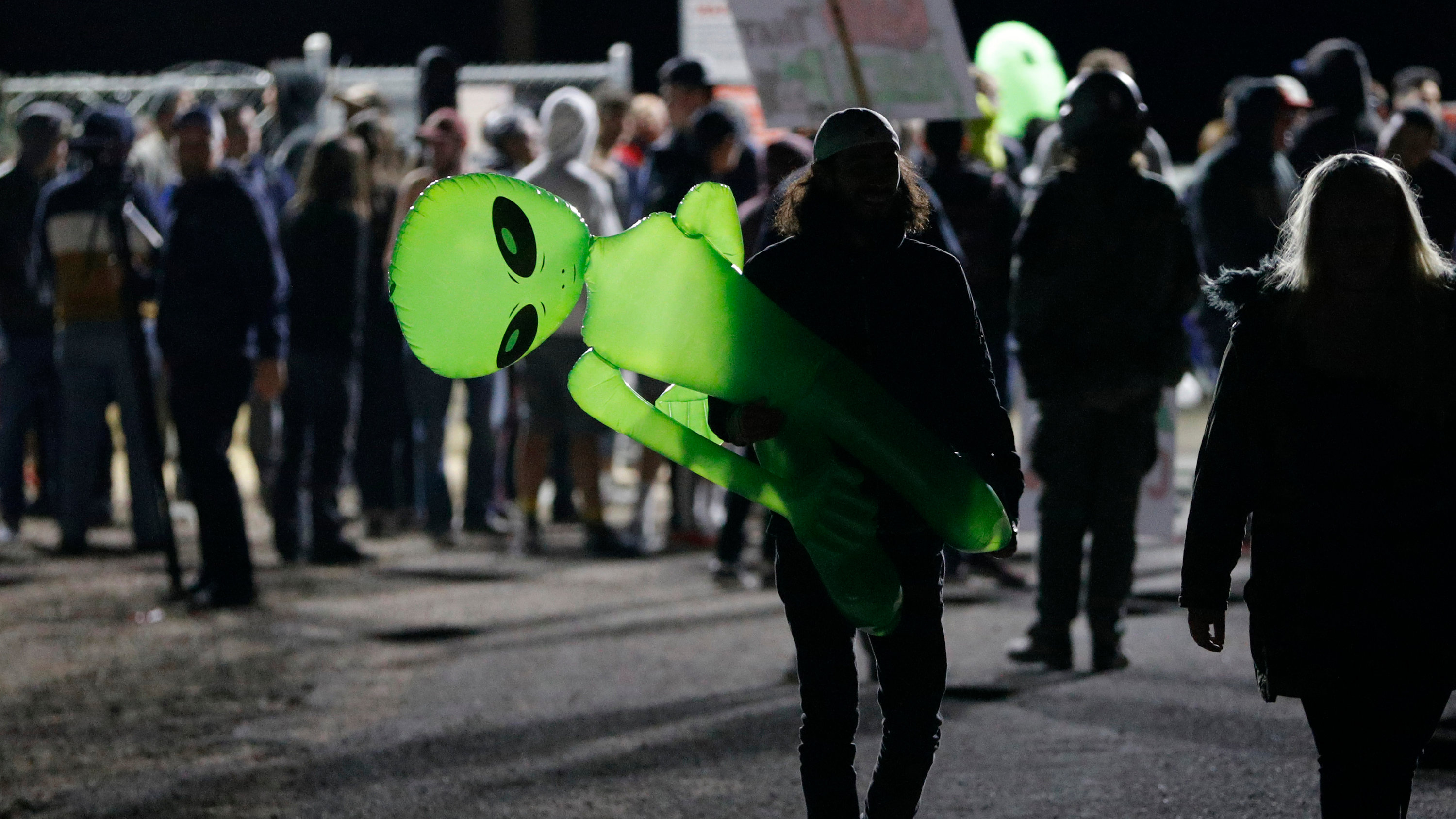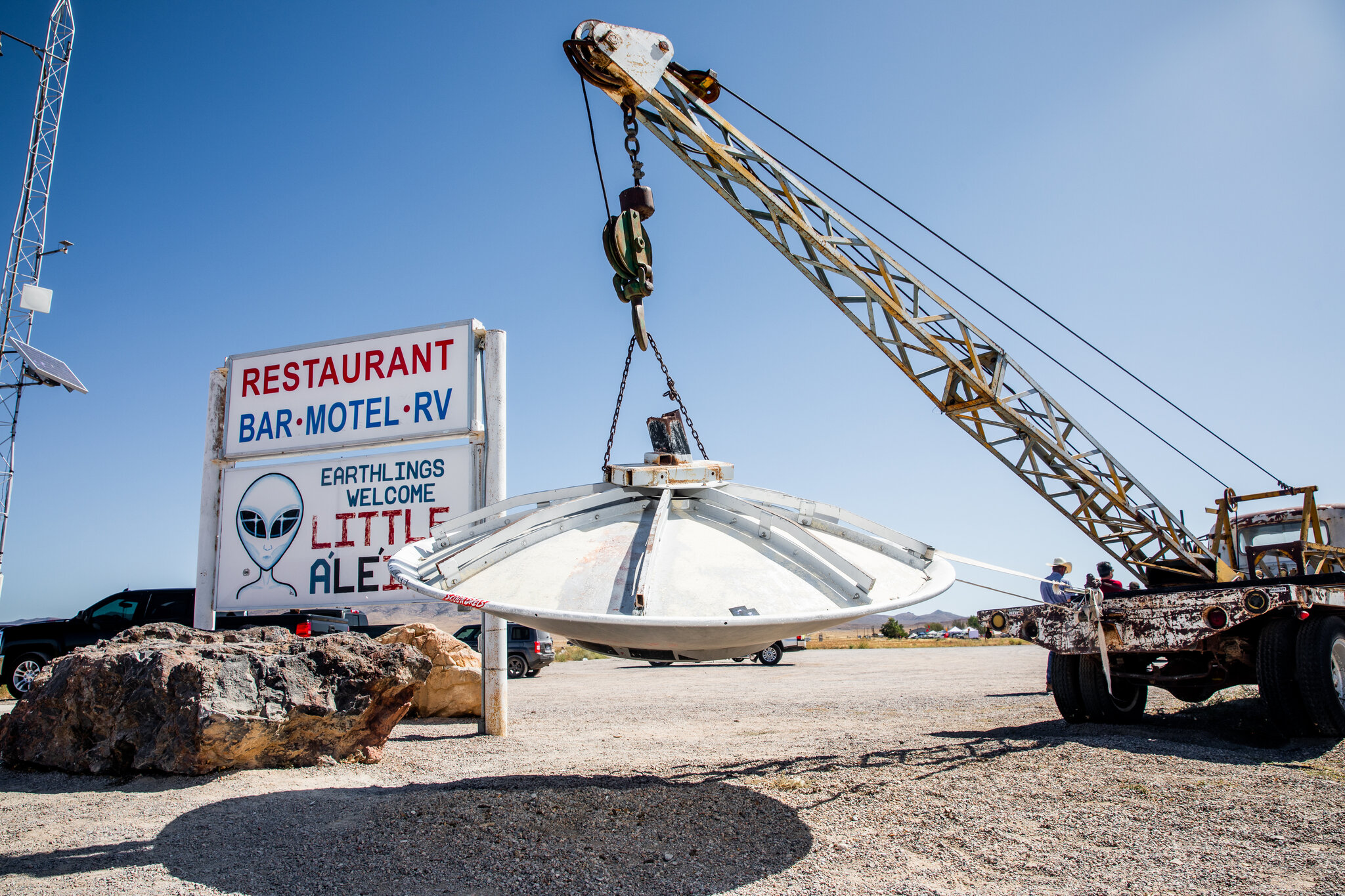The concept of extraterrestrial life has fascinated humanity for centuries, and with countless claims of alien sightings and encounters, the topic of "aliens caught" continues to captivate our imagination. As we delve into this intriguing subject, we aim to explore various accounts and evidence that have emerged over time, shedding light on the possibility of life beyond our planet. The stories of alleged alien encounters and captures have been the subject of debate, skepticism, and intrigue, fueling both scientific inquiry and popular culture.
In recent years, the discussion around UFOs and alien encounters has gained momentum, with governments and scientific communities showing increased interest in uncovering the truth behind these mysterious phenomena. The term "aliens caught" refers to the purported instances where extraterrestrial beings have been observed, detained, or interacted with humans. These accounts vary widely, ranging from individual eyewitness testimonies to well-documented military reports, each contributing to the ongoing discourse around the existence of alien life.
As we embark on this exploration, we will examine notable cases of "aliens caught," delve into the scientific investigations surrounding these claims, and discuss the cultural implications of our fascination with extraterrestrial life. Through this comprehensive analysis, we hope to provide a balanced perspective that acknowledges the mysteries of the universe while considering the scientific and rational explanations behind these phenomena.
Read also:Essential Guide To 2024 Tax Brackets Everything You Need To Know
Table of Contents
- Aliens Caught in History
- Notable Alien Encounters
- Scientific Perspectives on Aliens
- Government Reports and Disclosures
- The Role of Technology in Detecting Aliens
- How Does Society React to Aliens Caught?
- Cultural Implications of Extraterrestrial Life
- Aliens in Popular Culture
- Debunking Myths and Misconceptions
- Are Aliens Among Us?
- What Evidence Supports Alien Existence?
- Frequently Asked Questions
- Conclusion
Aliens Caught in History
Throughout history, there have been numerous accounts of alien encounters, with some claims dating back to ancient civilizations. From mysterious carvings depicting otherworldly beings to historical texts that describe interactions with strange entities, the notion of aliens has been embedded in human history. One of the earliest recorded instances of "aliens caught" can be found in ancient Egyptian hieroglyphs, which some researchers interpret as evidence of extraterrestrial contact.
During the Middle Ages, tales of celestial beings and strange visitors from the skies became prevalent in folklore and religious texts. These stories often described encounters with angelic or demonic figures, which some modern theorists suggest could be early interpretations of alien beings. As we move into the modern era, the Industrial Revolution and advancements in technology brought new perspectives on the possibility of life beyond Earth, leading to a surge in reported UFO sightings and alleged abductions.
Notable Alien Encounters
Among the many accounts of "aliens caught," certain cases stand out due to their detailed documentation and widespread attention. The Roswell Incident of 1947 remains one of the most famous UFO encounters, with claims of a crashed alien spacecraft and recovered extraterrestrial bodies. Despite official explanations attributing the event to a weather balloon, conspiracy theories continue to circulate, fueling public interest and skepticism.
Another significant case is the Rendlesham Forest Incident in 1980, where military personnel reported witnessing unusual lights and a craft landing in a forest in England. The event was extensively investigated, and the testimonies of credible witnesses added weight to the claims of alien involvement. These high-profile encounters, along with numerous lesser-known cases, contribute to the ongoing debate about the reality of alien contact.
Scientific Perspectives on Aliens
The scientific community has long been interested in the possibility of extraterrestrial life, with researchers employing various methods to search for evidence of aliens. The field of astrobiology, which studies the potential for life beyond Earth, has made significant strides in recent years. Scientists have discovered extremophiles on our planet—organisms that can survive in extreme conditions—suggesting that life could exist in the harsh environments of other planets and moons.
Moreover, advancements in technology have enabled the detection of exoplanets, some of which are located within the habitable zone of their stars, raising the possibility of life-supporting conditions. The search for extraterrestrial intelligence (SETI) continues to scan the cosmos for signals that may indicate the presence of intelligent life. While definitive proof of aliens remains elusive, the scientific pursuit of understanding the universe's mysteries continues to drive exploration and discovery.
Read also:Biography And Impact Of Tulsi Gabbard A Political Trailblazer
Government Reports and Disclosures
In recent years, governments around the world have begun to declassify documents and release reports related to UFO sightings and encounters. The United States government, in particular, has taken steps to increase transparency regarding unidentified aerial phenomena (UAP). In 2020, the Pentagon established the Unidentified Aerial Phenomena Task Force to investigate reports of UAPs and assess their potential threat to national security.
These disclosures have sparked renewed interest in the topic of "aliens caught," as previously confidential information becomes accessible to the public. While some reports remain inconclusive, they provide valuable data for researchers and enthusiasts seeking to understand the nature of these phenomena. The increased openness of governments in addressing UFO sightings reflects a broader acceptance of the need to investigate unexplained events with scientific rigor and objectivity.
The Role of Technology in Detecting Aliens
Advancements in technology have played a crucial role in the search for extraterrestrial life and the investigation of UFO sightings. High-resolution telescopes, space probes, and satellites have expanded our ability to observe distant planets and galaxies, providing unprecedented insights into the cosmos. The development of sophisticated radar and imaging systems has also enhanced our capability to detect and analyze unidentified flying objects.
Moreover, the use of artificial intelligence and machine learning algorithms has revolutionized data processing, enabling researchers to sift through vast amounts of information and identify patterns that may indicate alien activity. These technological innovations have not only improved our understanding of the universe but also increased the likelihood of detecting signs of extraterrestrial life.
How Does Society React to Aliens Caught?
Societal reactions to claims of "aliens caught" vary widely, influenced by cultural, religious, and personal beliefs. For some, the possibility of alien life is a source of wonder and excitement, inspiring curiosity and exploration. Others view the topic with skepticism, demanding empirical evidence and scientific validation before accepting the existence of extraterrestrials.
Religious and philosophical perspectives also play a role in shaping societal attitudes toward aliens. Some religious groups see the potential discovery of alien life as a challenge to their beliefs, while others interpret it as a testament to the vastness and diversity of creation. The diverse reactions to the notion of aliens reflect the complexity of human thought and the myriad ways in which we seek to understand our place in the universe.
Cultural Implications of Extraterrestrial Life
The prospect of discovering extraterrestrial life carries significant cultural implications, potentially reshaping our understanding of humanity's role in the cosmos. The confirmation of alien existence would challenge long-held beliefs about the uniqueness of life on Earth, prompting reevaluations of our scientific, philosophical, and theological frameworks.
Furthermore, the integration of alien life into human culture could influence various aspects of society, from art and literature to politics and ethics. The potential for cultural exchange and collaboration with extraterrestrial civilizations raises questions about communication, coexistence, and the future of humanity in a universe teeming with life.
Aliens in Popular Culture
Aliens have long been a staple of popular culture, appearing in countless books, movies, television shows, and video games. These fictional portrayals often reflect our hopes, fears, and aspirations regarding extraterrestrial life, serving as a mirror to our collective imagination. From the benevolent visitors of "E.T. the Extra-Terrestrial" to the menacing invaders of "Independence Day," aliens in popular culture embody a wide range of narratives and themes.
The portrayal of aliens in media has also influenced public perceptions of extraterrestrial life, shaping our expectations and understanding of potential encounters. While these fictional representations are not based on scientific evidence, they contribute to the ongoing dialogue about the possibility of life beyond Earth and the implications of contact with alien civilizations.
Debunking Myths and Misconceptions
The topic of "aliens caught" is rife with myths and misconceptions, often fueled by sensationalism and misinformation. One common misconception is that all UFO sightings are evidence of alien spacecraft, whereas many can be attributed to natural phenomena, human-made objects, or optical illusions. Similarly, claims of alien abductions often lack verifiable evidence and are frequently dismissed by the scientific community.
It is essential to approach the subject of extraterrestrial life with critical thinking and skepticism, distinguishing between credible evidence and unfounded speculation. By debunking myths and misconceptions, we can foster a more informed and rational discourse on the possibility of alien contact and the scientific pursuit of understanding the universe.
Are Aliens Among Us?
The question of whether aliens are among us has intrigued and perplexed humanity for generations. While some individuals claim to have witnessed or interacted with extraterrestrial beings, definitive evidence of alien presence on Earth remains elusive. The vastness of the universe and the limitations of our current technology pose significant challenges to detecting and confirming the existence of aliens.
Despite the lack of concrete proof, the possibility of aliens living among us continues to captivate the imagination of many. The search for extraterrestrial life is a testament to humanity's enduring curiosity and desire to explore the unknown, driving scientific inquiry and inspiring countless theories and speculations.
What Evidence Supports Alien Existence?
While the existence of aliens has yet to be conclusively proven, several lines of evidence suggest the potential for extraterrestrial life. The discovery of exoplanets within habitable zones, the presence of extremophiles on Earth, and the detection of unexplained signals from space all point to the possibility of life beyond our planet.
Additionally, documented UFO sightings and encounters, some of which involve credible witnesses and detailed reports, contribute to the body of evidence supporting the existence of aliens. While these accounts remain unverified, they continue to fuel scientific investigations and public interest in the search for extraterrestrial life.
Frequently Asked Questions
What is the most famous case of "aliens caught"?
The most famous case is the Roswell Incident of 1947, where a UFO allegedly crashed in Roswell, New Mexico, and alien bodies were reportedly recovered.
Have any governments confirmed the existence of aliens?
No government has officially confirmed the existence of aliens, although some have declassified UFO-related documents and acknowledged the investigation of unidentified aerial phenomena.
What role does SETI play in the search for extraterrestrial life?
SETI (Search for Extraterrestrial Intelligence) is an organization dedicated to detecting signals from intelligent alien civilizations, using radio telescopes and other technologies.
Are there any scientific explanations for UFO sightings?
Many UFO sightings can be explained by natural phenomena, human-made objects, or optical illusions, although some remain unexplained and are the subject of ongoing investigation.
Could life exist on other planets in our solar system?
While no definitive evidence of life has been found in our solar system, scientists consider moons like Europa and Enceladus as potential candidates due to their subsurface oceans.
How do scientists search for alien life on exoplanets?
Scientists search for alien life on exoplanets by studying their atmospheres, looking for biosignatures, and analyzing the conditions that may support life.
Conclusion
The topic of "aliens caught" continues to captivate our imagination and drive scientific exploration. While definitive evidence of extraterrestrial life remains elusive, the ongoing search for answers reflects humanity's enduring curiosity and desire to understand the universe. By examining historical accounts, scientific perspectives, and cultural implications, we gain a deeper appreciation for the complexities of the cosmos and the potential for life beyond Earth.
As we continue to explore the mysteries of the universe, the possibility of encountering alien life remains a tantalizing prospect, inspiring both wonder and inquiry. Through careful investigation and open-mindedness, we may one day uncover the truth about "aliens caught" and the existence of extraterrestrial civilizations.
For more information on the search for extraterrestrial life, visit SETI Institute.

